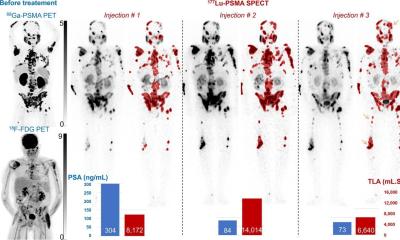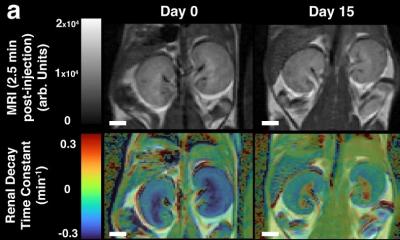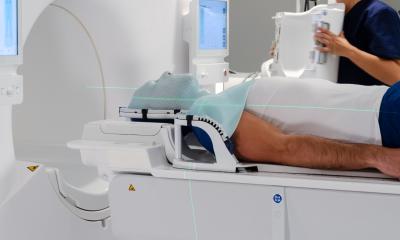What is more personal than radiology for a patient?
ESR President Gabriel Krestin introduced a major theme for the society's congress with personalized radiology. "There is nothing more personal in healthcare than a medical image," he told fellow radiologists.

Yet there is a major shift in medical practice forming around the concept of personalized medicine and grasping the full implications, responding to the possibilities becomes critically important for radiologists.
"The whole idea of personalized medicine and the role of imaging within it will have an increasing influence on the way we work," he said.
For the moment personalized medicine is genomic, he said, but already we can note the shift moving medicine away from disease care to prediction and prevention. In this context, imaging can provide a level of information that genetics cannot, for example with a precision for diagnosis that becomes paramount in this new paradigm.Yet the customization of healthcare also seeks to accommodate individual differences as far as possible at all stages in the process, from prevention, through diagnosis and treatment, to post-treatment follow-up.
According to Krestin the role that imaging can play in the new era of personalized medicine includes:
- Identification of predictive imaging biomarkers allowing stratification of subgroups at risk of developing disease
- Visualization of cellular and molecular processes for early diagnosis of disease
- Identification of localized pathophysiology (perfusion, diffusion, metabolism) of diseased tissue
- Treatment monitoring allowing early identification of treatment responders and non-responders
- Individualized, image-guided drug delivery
- Theranostics combining targeted imaging and targeted therapy enabling the identification of heterogeneous response to therapy.
"lmaging has a major contribution to make in personalized medicine and our work must also include helping this role be recognized by other disciplines and policy makers,” concluded ESR President Krestin.
10.03.2013











